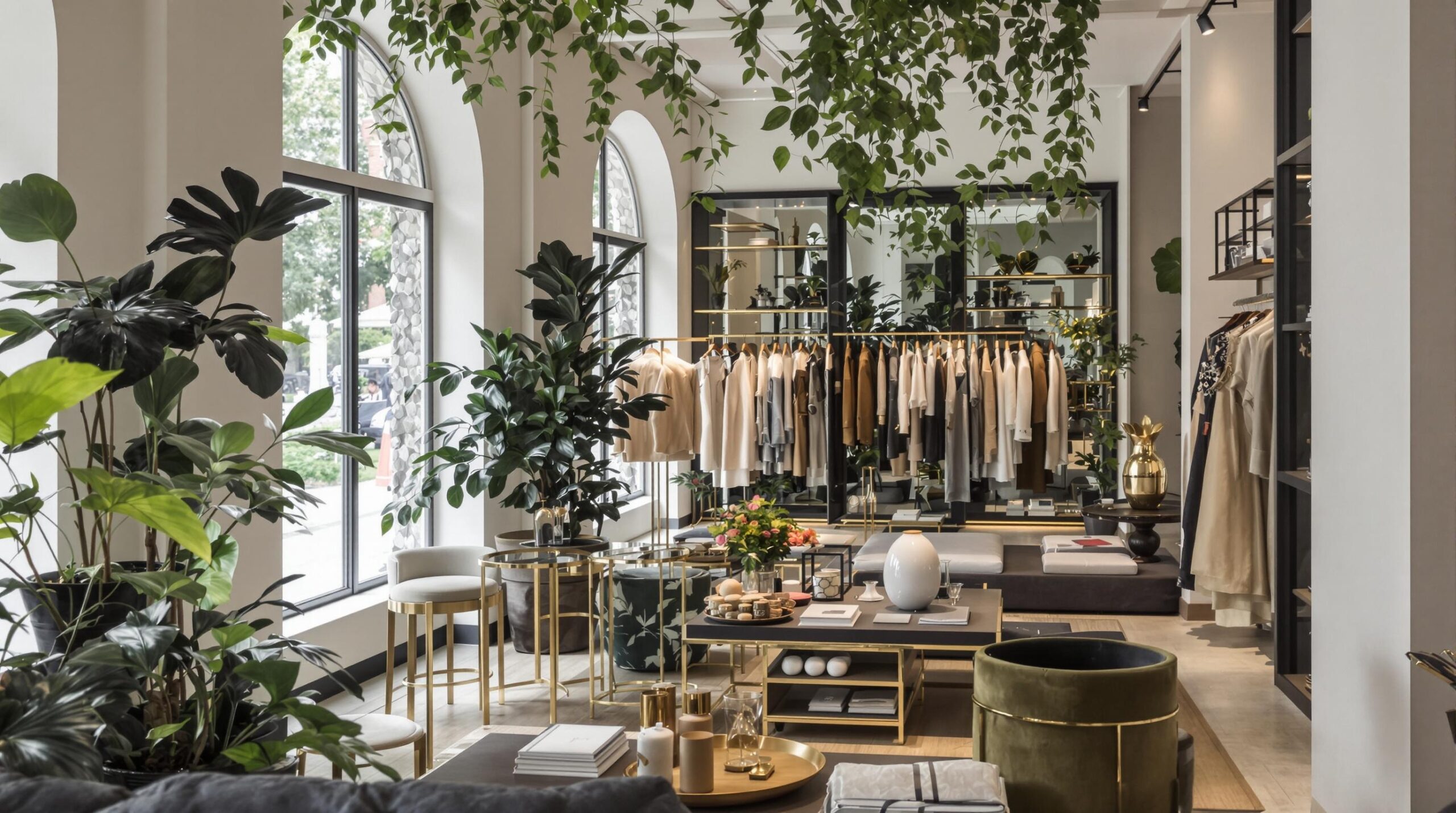The luxury fashion industry is undergoing a transformative shift towards sustainability. This change is driven by increasing consumer awareness and demand. Luxury brands align their practices with global sustainability goals as people become more environmentally conscious. The move towards sustainable practices is not just about environmental consciousness. It also reflects a savvy business strategy adapting to evolving consumer values.
The Rise of Sustainable Fashion
Sustainability in fashion emphasizes minimizing environmental impact through responsible sourcing and production. Luxury brands are investing in innovative solutions to reduce waste. Sustainable fashion entails using eco-friendly materials and reducing carbon footprints. It also includes transparency in supply chains, ensuring workers’ ethical treatment. These practices cater to a growing market of eco-conscious consumers demanding responsibility.
The rise of social media has further accelerated this trend. Consumers are more informed than ever about the environmental impact of their choices. Brands are pressured to demonstrate commitment to sustainability, combining luxury with ethical responsibility. This change is reshaping how luxury brands operate globally. The industry is aligning itself with values beyond aesthetic appeal.
Sustainable Materials and Technologies
Luxury fashion houses are pioneering the use of sustainable materials. They are investing in research to develop eco-friendly alternatives. Organic cotton, recycled polyester, and bio-fabricated leather are becoming staples. These materials offer a reduced environmental footprint, appealing to conscious consumers. Innovative technologies, such as digital printing and 3D knitting, minimize waste in production.
For instance, Stella McCartney is renowned for sustainable luxury fashion. The brand uses materials like regenerated nylon and eco-friendly viscose. Meanwhile, brands like Kering’s Gucci and Cartier have adopted circular economy principles. These efforts widen access to sustainable luxury, showing how innovation drives industry transformation. Transitioning to sustainable materials not only enhances brand reputation but also ensures longevity.
Transparency and Ethical Practices
Transparency is at the core of sustainable fashion, ensuring ethical processes in the supply chain. Luxury brands are taking steps to improve supply chain traceability. This practice helps in verifying the ethical sourcing of materials. It assures consumers that products are developed under fair labor conditions. Providing this transparency builds consumer trust and brand loyalty.
Third-party certifications, such as the Global Organic Textile Standard, hold companies accountable. These certifications create benchmarks for sustainable practices. Consumers and brands both benefit from clarity in production and sourcing. Ethical practices extend to working conditions and fair wages for employees. This ensures sustainable business models while uplifting communities involved in production.
The Circular Economy
The circular economy model is gaining traction in luxury fashion. It involves designing out waste and keeping products in use longer. Brands are adopting strategies like recycling, reusing, and repairing materials. Luxury fashion is uniquely positioned to benefit due to its traditional focus on high-quality materials.
Brands such as Burberry and H&M are piloting circular economy initiatives. They offer take-back schemes for customers to return used clothing for recycling. By making circularity part of their identity, they engage consumers while minimizing environmental impact. Transitioning to a circular economy creates new business opportunities while promoting sustainability.
Challenges and Solutions
Despite progress, luxury fashion faces challenges in becoming fully sustainable: high production costs and resistance to change slow down the transition process. Innovating new materials can be expensive and time-consuming. Additionally, ensuring transparency across global supply chains is complex. Brands must persuade all stakeholders to adopt sustainable practices.
Solutions to these challenges include collaboration and education. Partnerships between brands, suppliers, and NGOs facilitate resource-sharing and knowledge exchange. These collaborations support the development of sustainable materials and processes. Education programs raise awareness among consumers, emphasizing the benefits of sustainable fashion. By addressing challenges collectively, the industry can move closer to achieving its sustainability goals.
The Future of Luxury Fashion
Luxury fashion’s adoption of sustainable practices paves the way for a more responsible future. This transformation is crucial as climate change impacts become increasingly evident. Brands are realizing that sustainability is not just an option but a necessity. Adapting to these practices secures their position in a changing market.
The future of luxury fashion will likely witness continued innovation in sustainable materials and processes. The integration of technology, like blockchain, may enhance supply chain transparency. Consumers will continue to prioritize sustainability, prompting further evolution in the industry. Luxury fashion, once synonymous with excess, is now leading the charge towards a sustainable future.
Conclusion
Sustainable practices are reshaping luxury fashion through innovation and commitment to ethics. Changes are visible in the push for eco-friendly materials and transparent supply chains. Luxury brands must embrace sustainability to remain competitive and relevant. Transitioning to a sustainable model strengthens brands and secures their market position. The shift towards sustainability in luxury fashion signifies a broader move towards responsible consumption and production worldwide.

